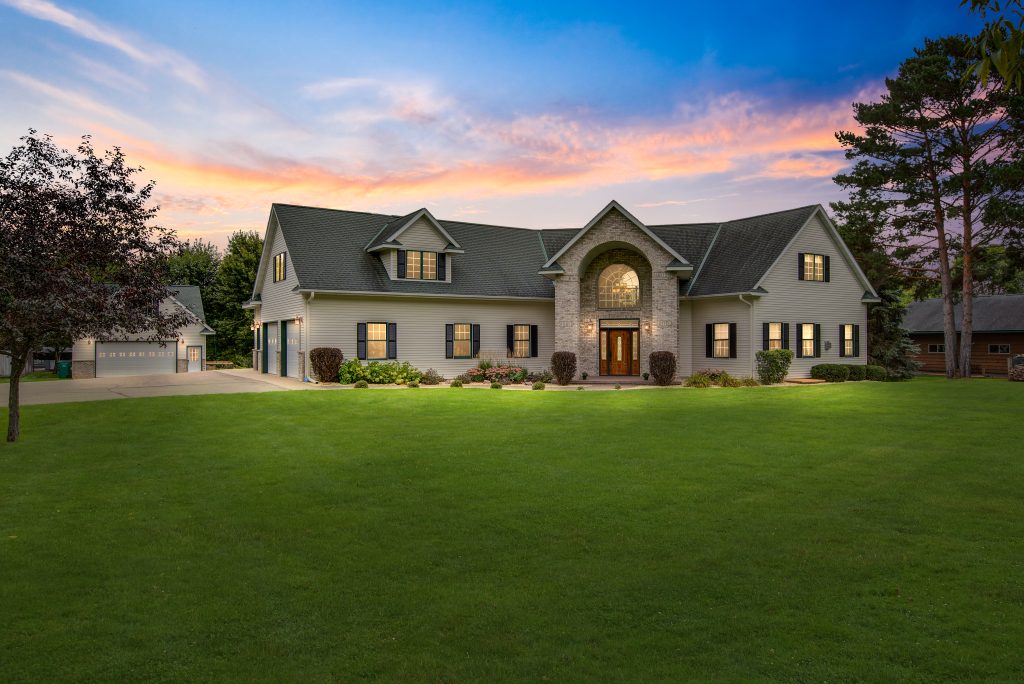
The Benefits of Virtual Twilight Photography for Real Estate Listings
Virtual twilight photography has become an increasingly popular tool for real estate agents looking to add a touch of magic to their listings. With virtual twilight, a property’s exterior photos are digitally transformed to appear as if taken at dusk, creating a warm, inviting glow. This technique enhances the aesthetic appeal and helps properties stand out in a competitive market.
Why Choose Virtual Twilight for Your Listings?
The primary benefit of virtual twilight photography is the dramatic effect it adds. A property with illuminated windows and subtle exterior lighting against a sunset sky is instantly eye-catching. The soft hues of dusk bring out textures, landscaping, and architectural details that might be less noticeable in standard daylight photos. This is particularly advantageous for properties with unique exterior features, like custom lighting, beautiful landscaping, or pools.

Using virtual twilight is also a practical choice. Unlike traditional twilight photography, which relies on timing and specific conditions, virtual twilight can be applied to existing daytime photos, saving time, money, and the unpredictability of weather.
Which Properties Benefit Most from Virtual Twilight?
While almost any property can benefit from twilight photos, they’re especially useful for listings emphasizing outdoor amenities. Luxury homes with pools, spacious patios, and fire pits are excellent candidates, as twilight enhances the allure of these features. Likewise, homes with extensive landscaping, outdoor lighting, or scenic views can benefit greatly. Smaller homes gain charm with a twilight transformation, which appears cozy and welcoming.
Virtual twilight photography is particularly compelling for listings where agents want to appeal to a buyer’s emotional connection to the home. Dusk photos convey warmth and comfort, making it easier for potential buyers to envision themselves relaxing after a day’s work, surrounded by the ambiance of their new home.

How Agents Use Virtual Twilight to Maximize Appeal
To make the most of virtual twilight photography, agents often use it as the primary photo in online listings, attracting attention from buyers scrolling through property sites. Additionally, twilight photos work well for social media posts, postcards, and other marketing materials. A few strategically placed twilight images among standard photos can enhance the storytelling of a listing, giving buyers a fuller view of the home’s charm.
Virtual twilight is a valuable addition to any listing that seeks to make a strong first impression. It draws in potential buyers with its promise of warmth and elegance.




